Nintendo Celebrates 125 Years Today: A Look Back At One Of The World's Most Popular Video Game Companies
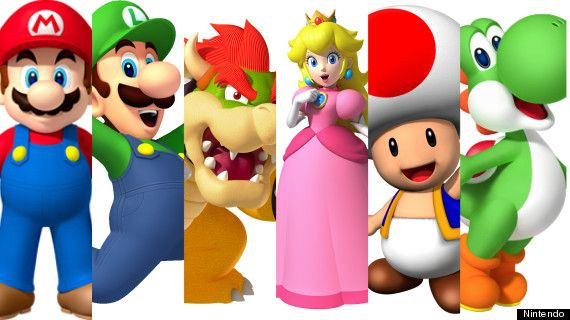
Japanese consumer electronics company Nintendo turned 125 years-old Tuesday, but the creator of popular video game characters like Mario, Luigi, Kirby and Link doesn’t look a day over 25. Check out the epic history of the largest video game company by revenue below -- and celebrate this special day by playing one of Nintendo’s classics like “Super Mario Bros. 3” or the original “Mario Kart.”

Sept. 23, 1889
Nintendo is founded by Fusajiro Yamauchi, 30, a Japanese entrepreneur, as Nintendo Koppai, a shop that specializes in “hanafuda” cards, Japanese playing cards that can be used to play a number of games. The shop is so successful that Yamauchi goes on to open another card shop in Osaka, even holding a bridge tournament called the “Nintendo Cup.”
1956
Yamauchi’s grandson, Hiroshi, visits the United States to meet with the United States Playing Card Company, the most successful playing card manufacturer at the time. Hiroshi gains access to popular Disney characters and placed them on the cards to increase sales.
1963
Nintendo’s name is changed from the Nintendo Playing Card Co. Ltd. to Nintendo Co. Ltd. The company dabbles in a number of ventures, from a hotel chain, a TV network, a taxi company to a food company that sells instant rice. None of these projects succeed, and after the 1964 Tokyo Olympics, Nintendo’s stocks plummet after playing card sales decrease.
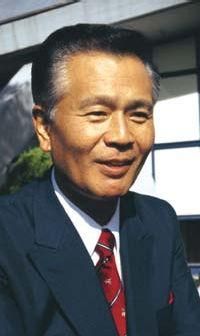
1973
Nintendo alters its focus to family entertainment and produces the Laser Clay Shooting System, a light gun shooting simulation game. The game consisted of an overhead projector that had players aim at moving targets behind a background. Hiroshi worked on the concept of the game, while video game designer Gunpei Yokoi developed the system. The shooting system first launched in bowling alleys in Japan and players loved it for a short period of time.
1974
Nintendo launches a cheaper version of the Laser Clay Shooting System, called “mini Laser Clay.” The system is successful in arcades through the late 1970s. The same year, Nintendo secures the rights to the Magnavox Odyssey video game console, the world’s first commercial home console.
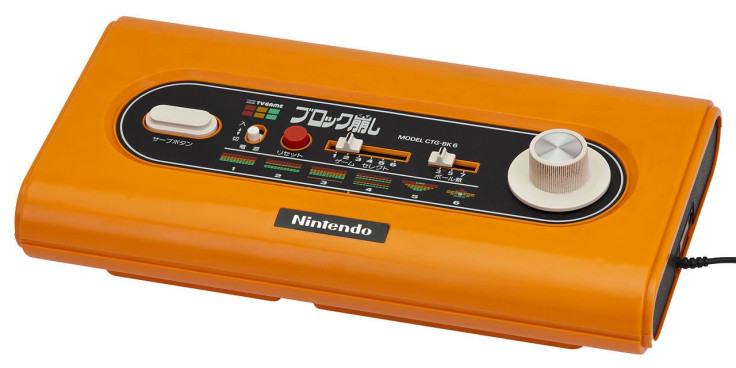
1977
Nintendo takes its first venture into hardware with the Color TV-Game video game console. The company produces four versions of the device, each including different versions of a single game.

Current general manager Shigeru Miyamoto, 61, joins the company as a student product developer. Miyamoto goes on to develop popular titles like "Super Mario Bros. 2" and "The Legend of Zelda: Ocarina of Time."

1980
Nintendo launches its first handheld video game system, the Game & Watch, which doesn’t feature interchangeable cartridges and can only use the hardware that comes with the device. The first title, “Ball,” is distributed worldwide. Two years later, Nintendo patents its “cross” D-pad design, which is used for a “Donkey Kong” version of the handheld machine.
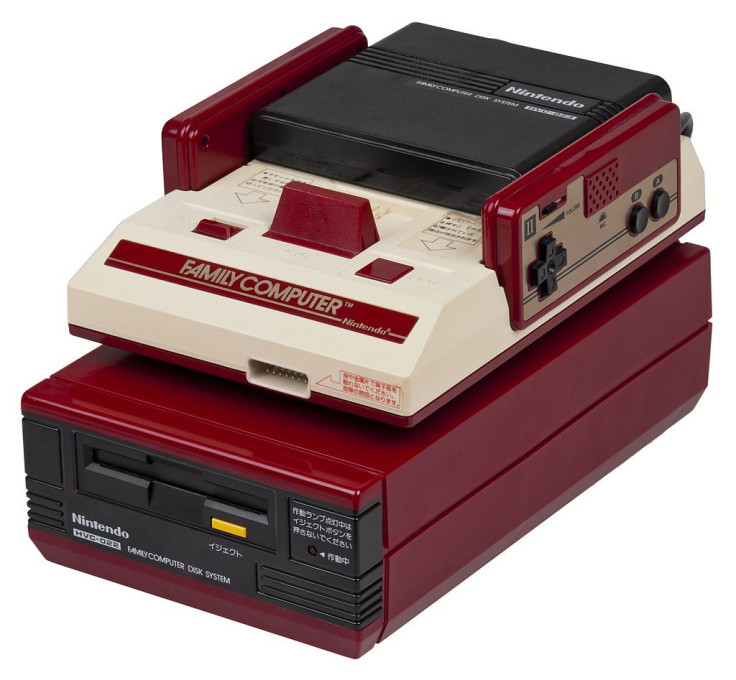
1983
Nintendo launches its Family Computer, or Famicom, with ports of its most popular arcade games.

1985
The original Nintendo Entertainment System launches in North America, a reworked version of Famicom. The console launches with the original “Super Mario Bros.,” one of the best-selling video games in history.
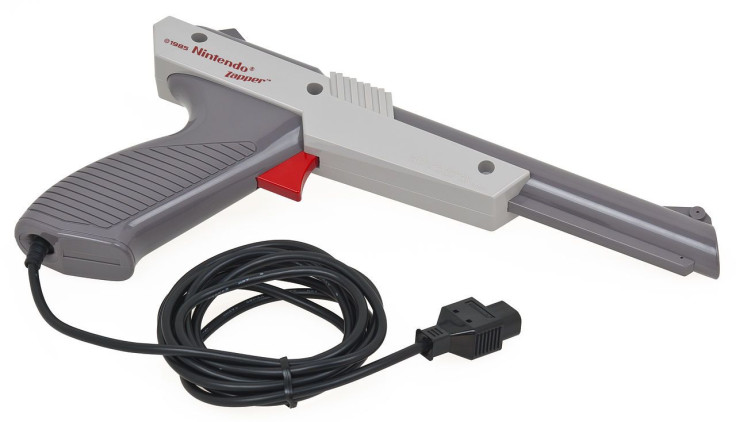
The NES also launches alongside popular shooter "Duck Hunt," which allows gamers to target ducks on their television screens using the Nintendo Zapper.
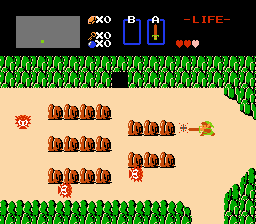
1986
Nintendo launches the original “The Legend of Zelda” video game in Japan. The title reaches North America one year later. The series goes on to be one of the most popular Nintendo franchises of all time, and introduces players to characters Link and Princess Zelda.

1989
Nintendo launches the first portable Game Boy, which allows users to play a number of games.
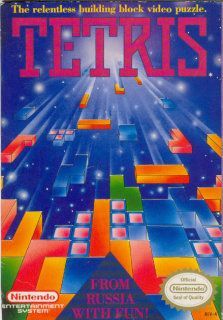
“Tetris” launches alongside with the handheld console, and the bundle becomes an instant success.
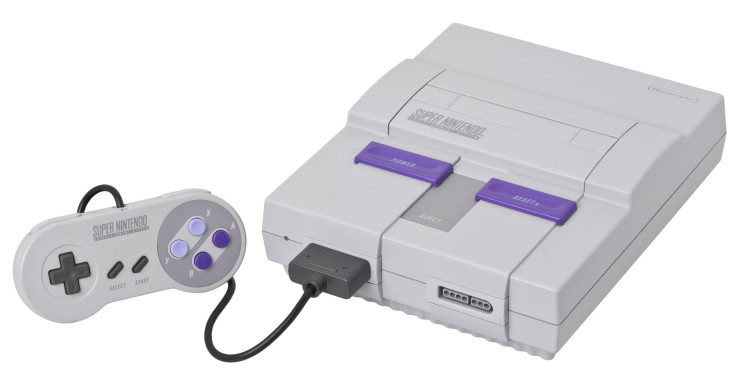
1991
The Super Nintendo Entertainment System launches in North America Aug. 23, and reaches Europe a year later. The North American console came paired with “Super Mario World,” and other launch titles included “SimCity,” “Pilotwings” and “Gradius III.” The console wars between Nintendo and Sega begin.

1994
Nintendo announces it has sold 1 billion game cartridges worldwide, with a tenth of them part of the “Mario” franchise. Nintendo partners with Rare to create “Donkey Kong Country,” a platforming game that goes on to sell more than 9 million copies worldwide, making it the second best-selling SNES title.

1996
Nintendo launches the Nintendo 64 in Japan and North America, also releasing the Game Boy Pocket in Japan.
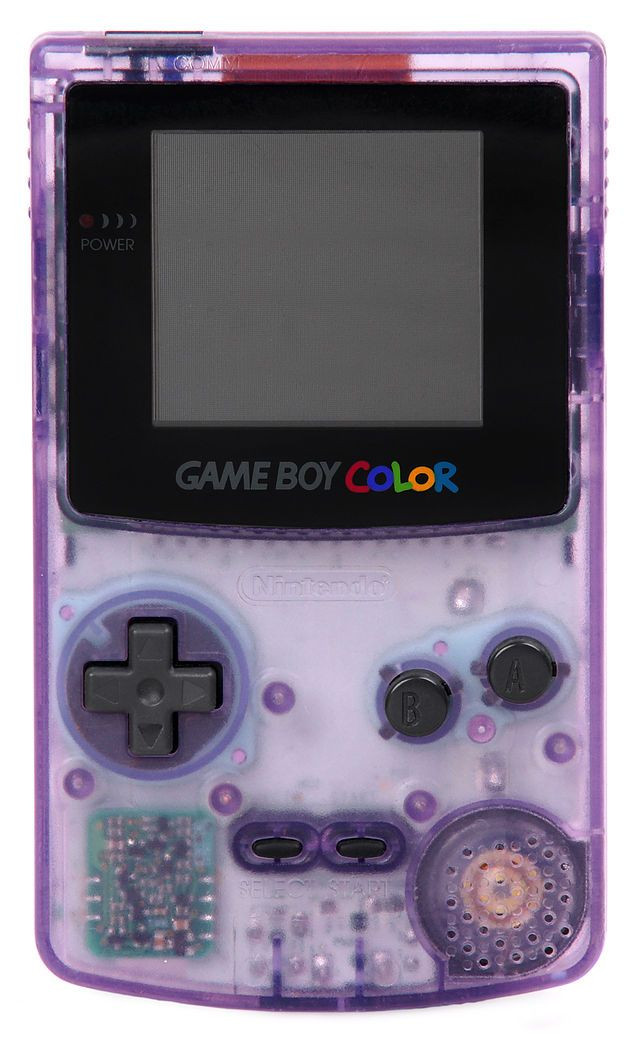
1998
The Game Boy Color reaches buyers, along with the Game Boy Camera and Printer, which are not successful additions to the handheld device.
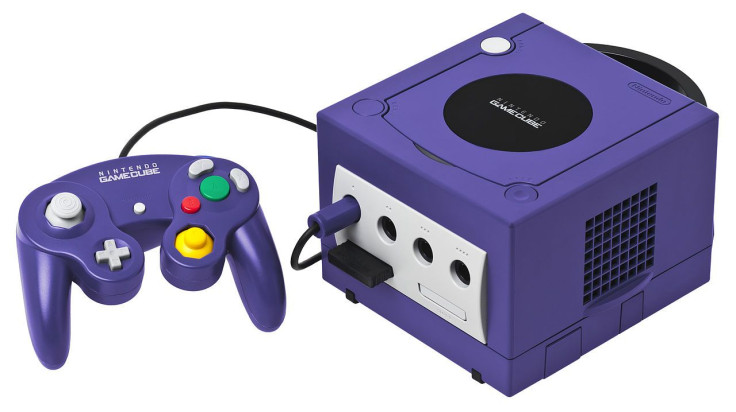
2001
Nintendo launches the GameCube Sept. 14 in Japan and in November in North America. The GameCube is a sixth-generation console and compete with Sony’s PlayStation 2, Sega’s Dreamcast and Microsoft’s Xbox. The Game Boy Advance also launches this year.

2004
Nintendo’s popular handheld device, the DS, reaches North America in November. “DS” is short for “Dual Screen” or “Developers’ System.” The console is backward compatible with Game Boy Advance titles, and a slimmer version, the DS Lite, reaches buyers two years later.
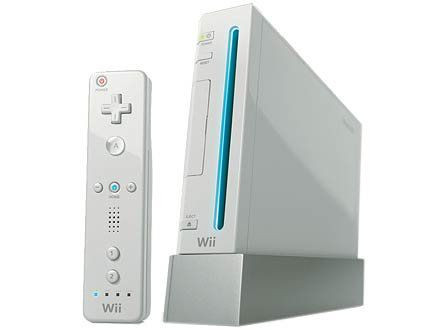
2006
The Wii home video game console launches in November, competing with the Xbox 360 and PlayStation 3. The device introduces the Wii Remote, which can be used as a pointing device. Early versions of the Wii are backward compatible with GameCube games. The Wii U launches with 21 games, including “Wii Sports.”
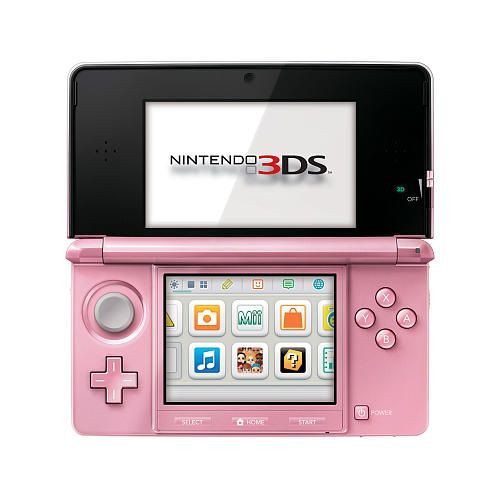
2011
Nintendo launches the 3DS, a handheld console that is capable of projecting 3D images without the use of glasses. The device is originally priced at $249 and then reduced to $169 after disappointing sales. The strategy was successful, and the 3DS goes on to become one of the brand’s most lucrative handheld gaming systems. In 2012, Nintendo launches the 3DS XL, a larger version of the console.

2012
Nintendo releases the Wii U, equipped with the Wii U GamePad. The console is backward compatible with Wii games, and is available in two bundles. The Wii U struggles to compete with the PlayStation 4 and Xbox One, though it's release is one year prior to the launch date of its competitors.
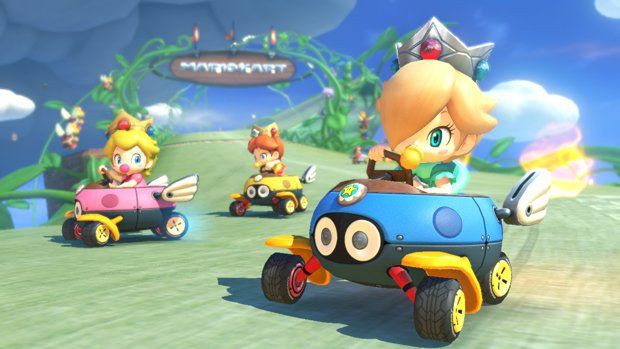
2014 and beyond...
Despite a decrease in hardware sales, Nintendo continues to push out franchise-exclusive titles like "Mario Kart 8," "Super Smash Bros." for the 3DS and Wii U and the upcoming "Captain Toad: Treasure Tracker."
The company also has a 28 percent stake in a Panasonic spin-off company called PUX Corp., which specializes in facial and voice recognition technology.
© Copyright IBTimes 2025. All rights reserved.




















